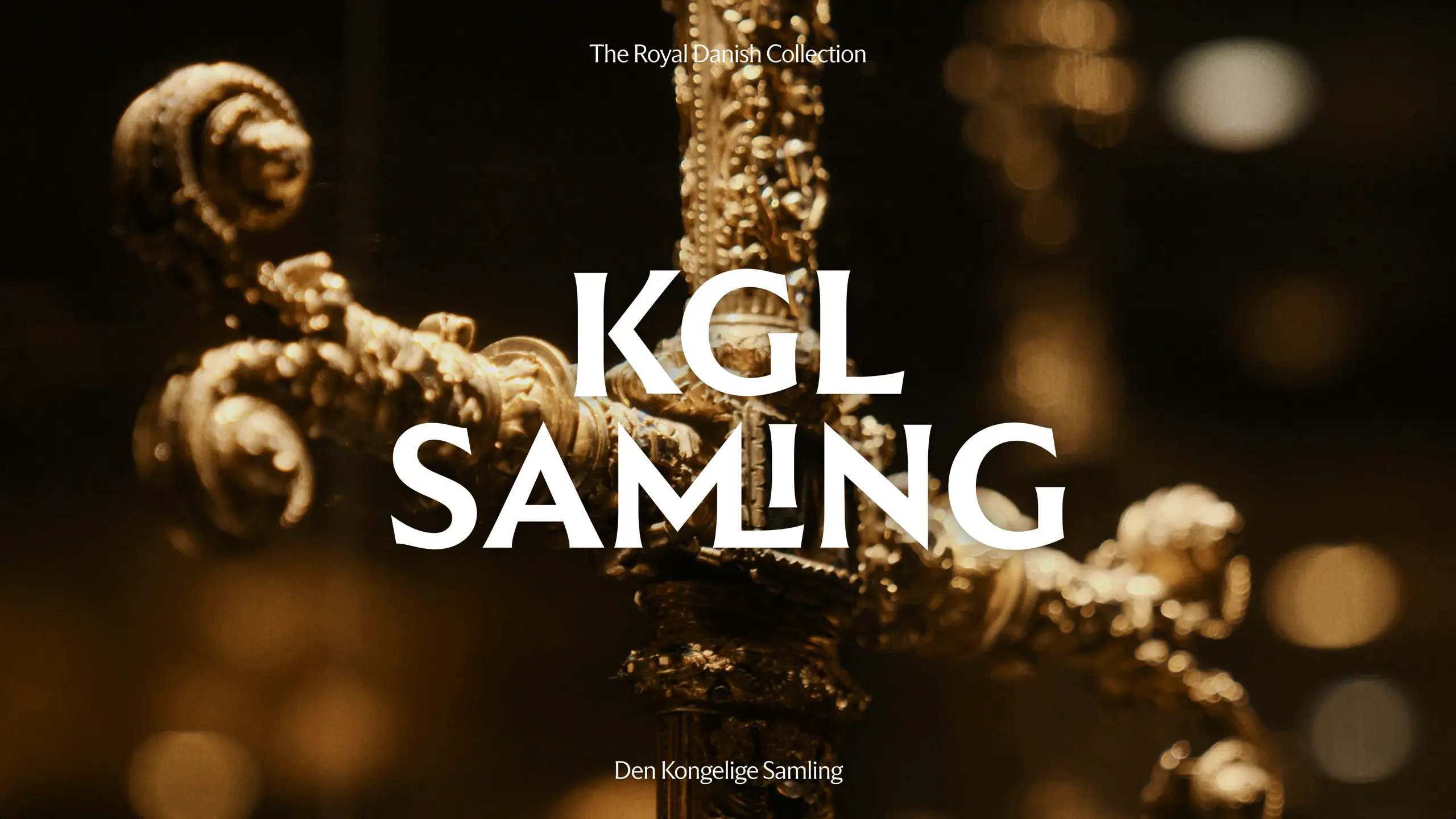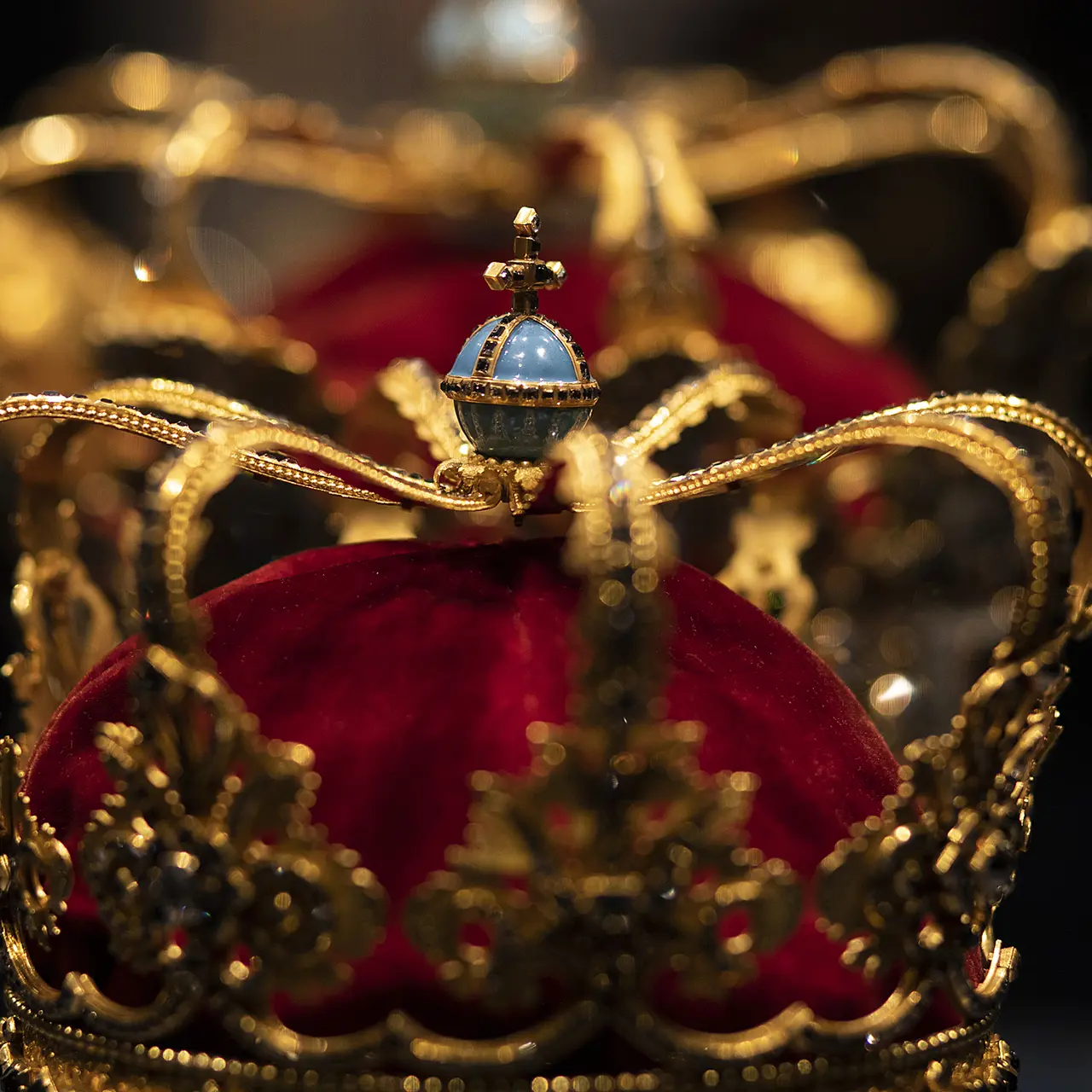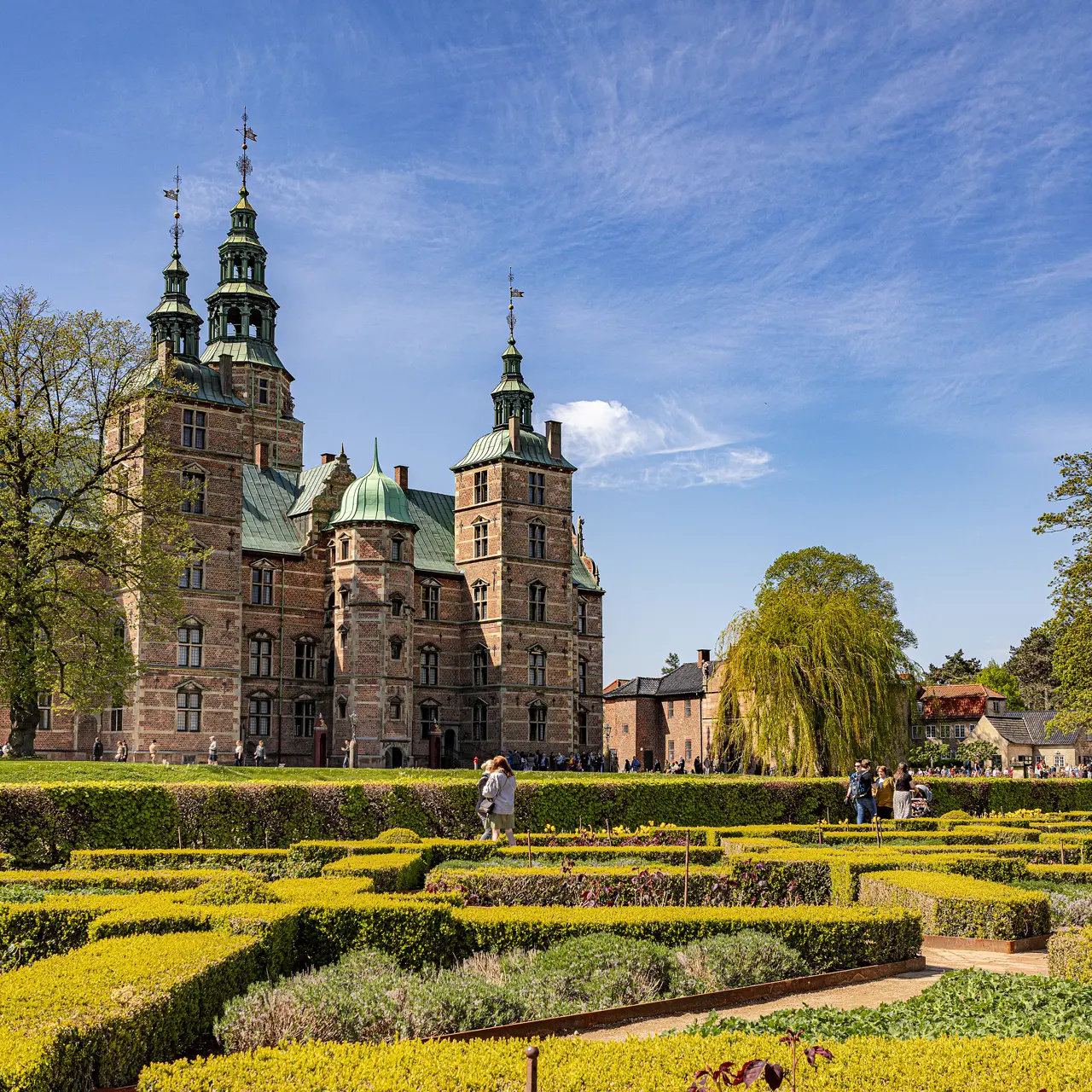About us

About the Royal Danish Collection
The Royal Danish Collection is an independent institution responsible for communication and exhibition activities for the Amalienborg Museum, Christiansborg Palace, the Hermitage Palace, Fredensborg Palace, Koldinghus and Rosenborg Castle.
The history of the Royal Danish Collection












